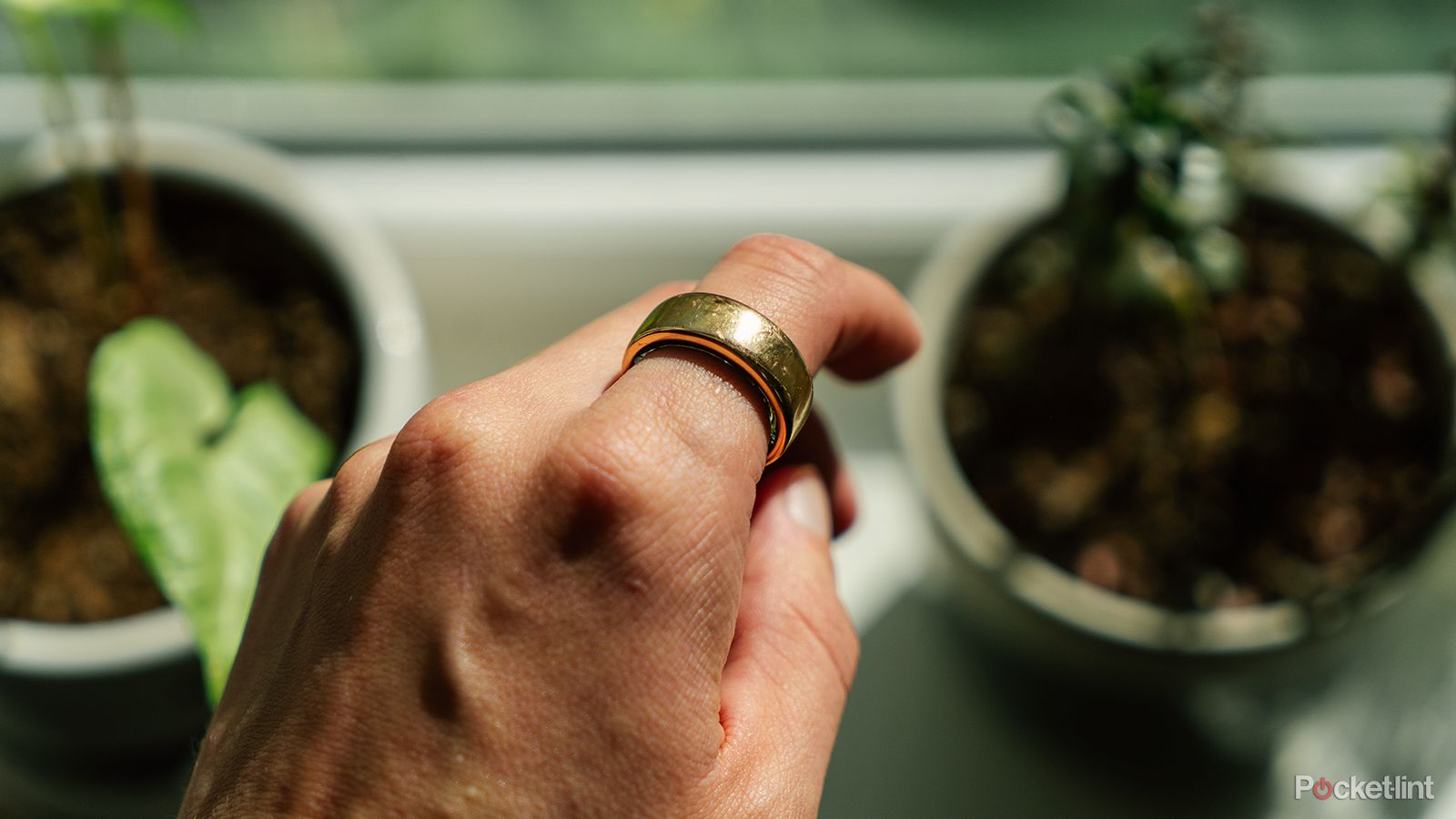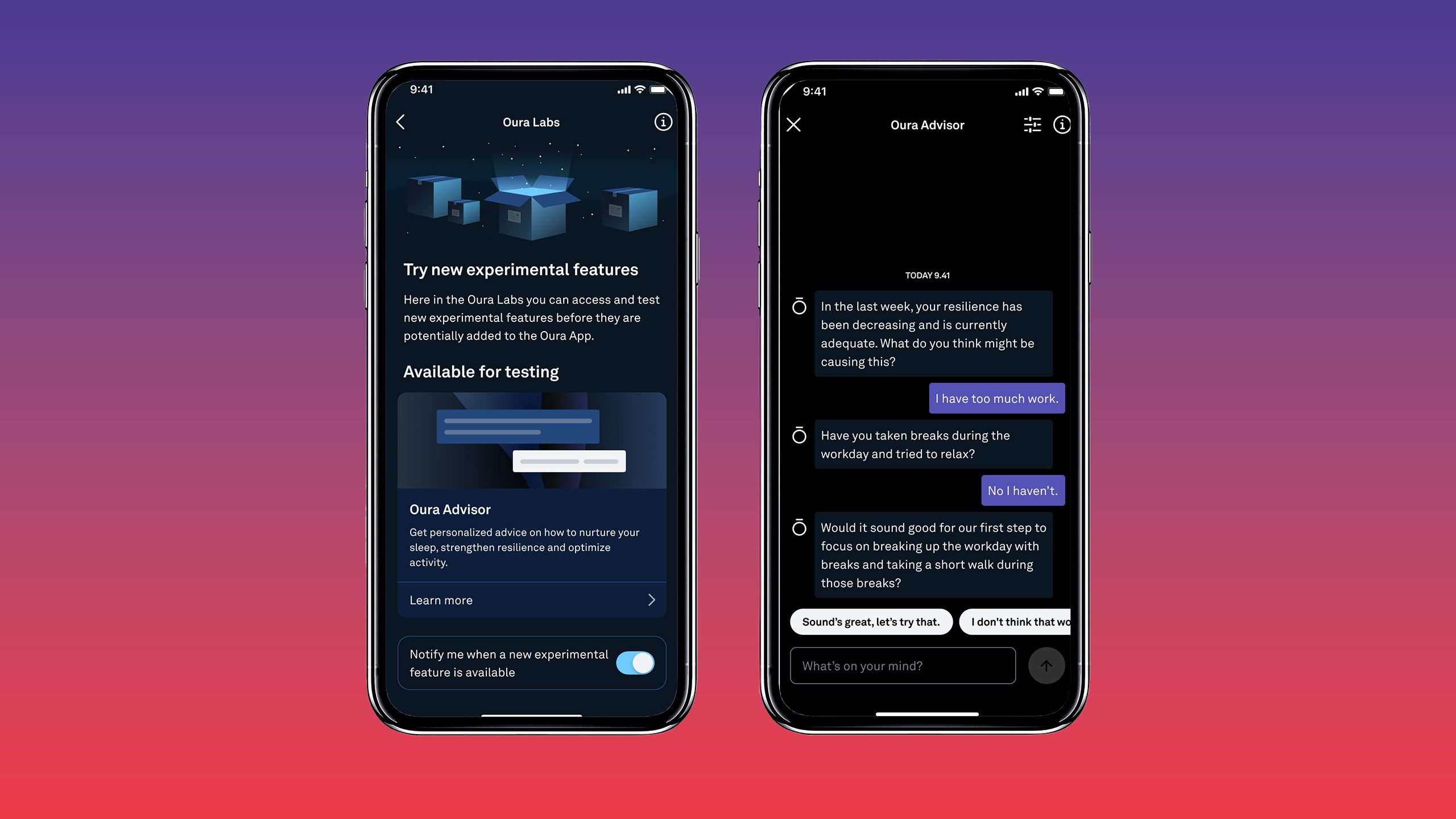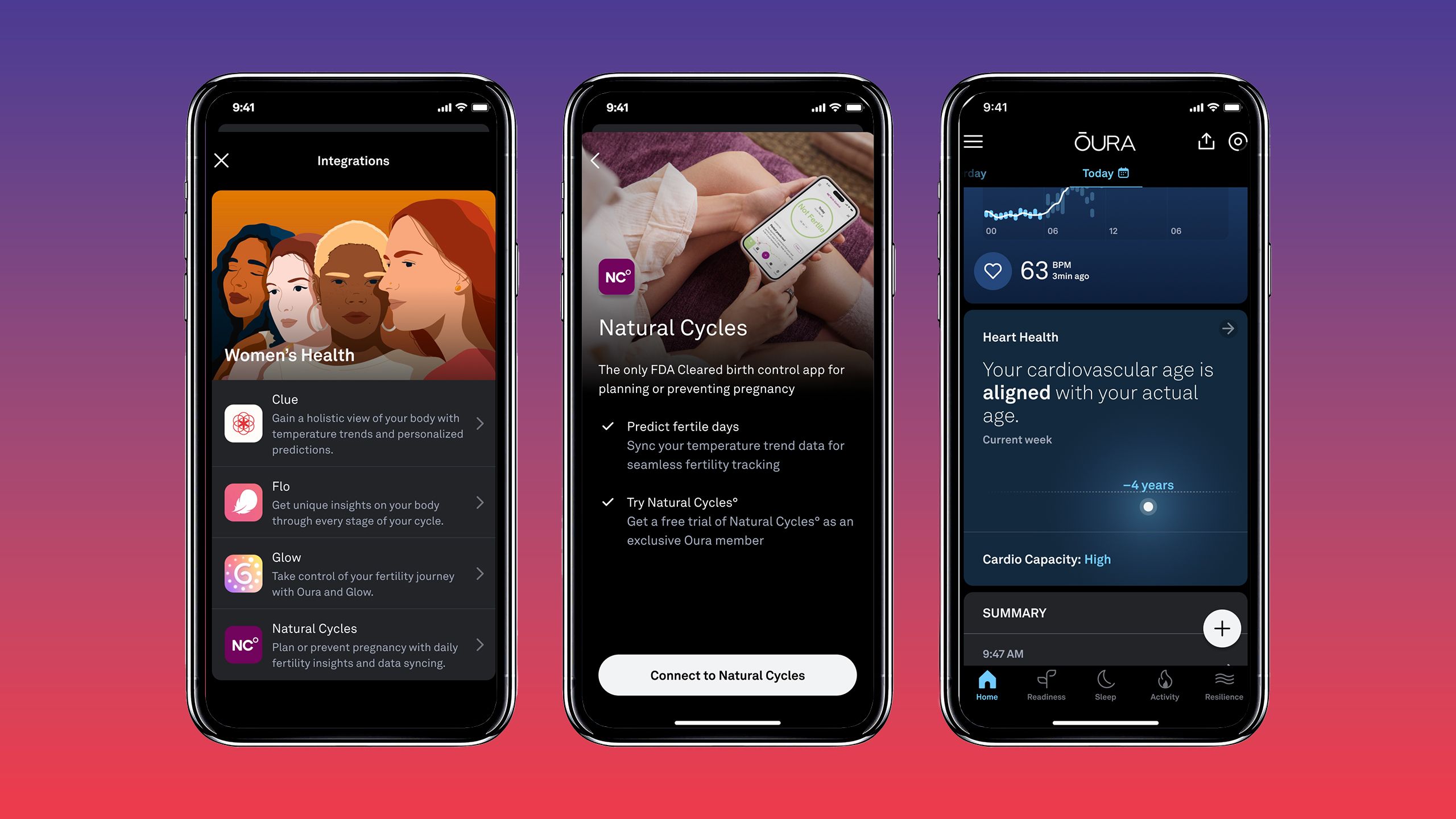Key Takeaways
- Oura Advisor, an AI-based tool, offers personalized health insights and recommendations for members through a chat-based conversational assistant.
- The AI coach can be customized to different coaching intensities and focuses on holistic wellness, addressing individual needs and goals.
- Oura Advisor is part of the Oura Labs beta program, allowing the company to collect feedback and improve the AI coach before a full release.
It’s no secret that AI is the main focus of the tech world right now. Every major tech company that had its events this summer announced AI-focused tools and products. AI is slowly but surely finding its way into most areas of our life. Now, smart ring company Oura has announced its take on AI resources for its members with its Oura Advisor.
Oura Advisor is part of Oura Labs, an in-app platform that allows members to participate in experimental features. The new Oura Advisor is an AI-based tool that “harnesses AI to empower members to achieve their health goals with personalized insights, recommendations, and encouragement,” the company said in its press release.
Related
Oura’s first experimental feature can detect early health changes
The new feature will alert you to changes in body signals, which could potentially indicate illness or overtraining.
What can Oura Advisor do?
Personalized and customized recommendations
Oura / Pocket-lint
Making changes and achieving fitness goals on your own without a coach can be extremely challenging, especially if you aren’t a fitness expert (which most of us aren’t). But paying for a coach is out of reach for many. The Oura Advisor aims to step in and effectively be your coach.
One of the best parts of working with a coach as opposed to following a training plan is that you can more easily adjust and customize your training. Likewise, Oura Advisor allows members to customize their “coaching intensity and focus areas, providing tailored support for targeted lifestyle changes.”
“Oura Advisor’s core personality is always the same: it reflects Oura’s values and beliefs of what balanced and holistic wellness looks like. However, we know that a single approach doesn’t fit every member.”
When I asked for clarification on what coaching intensity actually entails, Mats Kyyrö, Senior Director of Product, specified that “Oura Advisor’s core personality is always the same: it reflects Oura’s values and beliefs of what balanced and holistic wellness looks like. However, we know that a single approach doesn’t fit every member.”
To address individual needs, there are multiple tonality settings to choose from based on your goals. “The ‘Relaxed’ setting asks the Advisor to focus on supporting your own personal choices, even when, at times, those choices go against the story your data tells us,” explained Kyyrö. “The ‘Goal-oriented’ setting makes the Advisor a bit more firm, refocusing you when you are not showing progress in areas that you’ve promised to pay attention to. The default setting, ‘Mentoring,’ balances between these two to meet you where you are each day.”
Since the Oura Advisor is a chat-based conversational assistant, you’ll also be able to chat directly with your AI coach. Conversations from the same day are all kept in the same thread, and those older than a day are converted into “Memories,” which the AI Advisor can still reference in future conversations. Since it isn’t a human coach, members will have 24/7 access to their AI health coach.
Of course, the Oura platform already provides advice and recommendations based on your data. I was curious about how Oura Advisor would differ from those recommendations. Kyyrö explained that with this initial release, the “Oura Advisor will be relatively self-contained, meaning the advice and guidance it generates is not visible on other app surfaces beyond the Advisor chat itself.” The AI coach will leverage goals you’ve entered into the Oura app as one input, “but members can tell it about their other goals in their own words, and thanks to the “Memories” feature, the Advisor will be able to carry those goals forward into future conversations.”
Of course, we’ve recently seen plenty of examples of AI help gone wrong. With health and fitness recommendations, there’s a concern that Oura Advisor could provide bad, or even dangerous, advice. I asked Kyyrö about these concerns, and he explained that its AI coach “is designed with the safety of our members in mind and employs various mechanisms and guardrails to prevent harmful responses.”
Kyyrö explained that its AI coach “is designed with the safety of our members in mind and employs various mechanisms and guardrails to prevent harmful responses.”
However, Kyyrö also admits “that current conversational AI models have inherent limitations and that there is always the possibility that low-quality responses are generated in a way that we did not discover in our internal testing.” Kyyrö went on to say that that’s one of the reasons Oura Advisor is only available through Oura Labs, it’s beta program for members, as opposed to a full release. That way Oura can collect feedback from members on the quality of responses to improve Oura Advisor before broadly releasing the AI coach into the wild.
“Made for Members” updates
Lots of changes to the Oura platform
Oura / Pocket-lint
The Oura Advisor isn’t the only change coming to Oura, either. The company also announced it is releasing the second “Made for Members” update, which is a quarterly roundup of the latest features and improvements. Some of these have been out for more than a month, while others are newer. Either way, in case you’ve missed what’s happening over at Oura, here are some of the latest updates.
First up are more Integrations. Oura has expanded the apps and programs you can connect your Oura Ring to, giving you a “seamless way to gain deeper insights into their health and well-being.” In the menu in the upper left corner of the Oura app, you’ll be able to access the Integrations features and select partners in Women’s Health, Stress and Resilience, Fitness, and Nutrition categories. Some of the new partners include Natural Cycles, Strava, Noom, Apollo, and Clue.
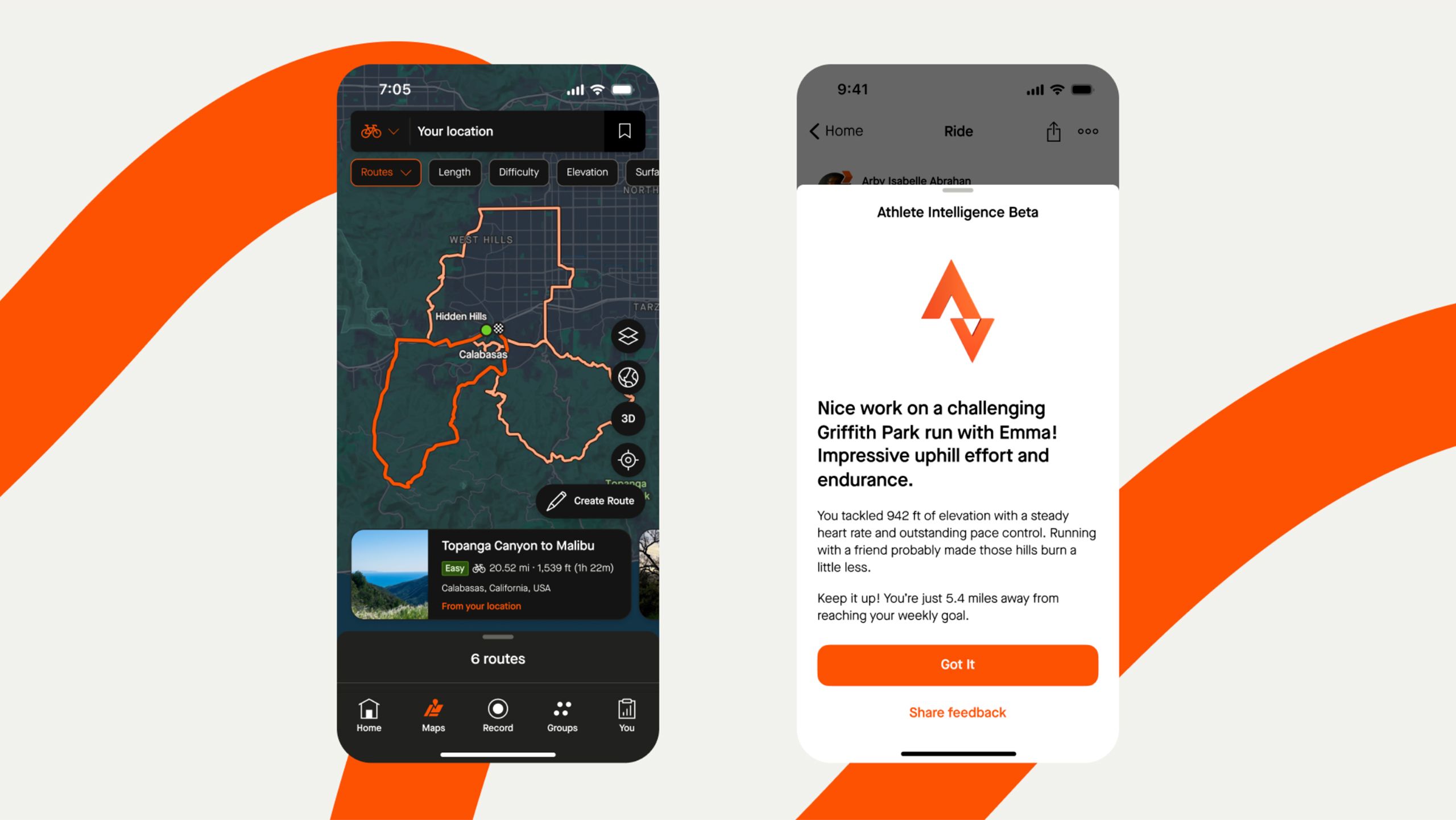
Related
Strava will use AI to identify leaderboard cheaters
On top of AI-based features, Strava is finally getting Dark mode.
Oura says that its partner ecosystem is seeing massive growth, with more than 800 partners and close to 400 API integrations. That’s only good for Oura members, as it means that you can use the data from your Oura Ring with more platforms.
Back in May, Oura released more tools for tracking your menstrual cycle. Those features include Cycle stats, giving you insight into your cycle length, cycle variability, and period length. They also made period logging more intuitive and added more educational resources.
Finally, also in May, Oura launched two heart health features: Cardiovascular Age (CVA) and Cardio Capacity. “Oura’s heart health features work together to combine information about estimated arterial stiffness and VO2 max to give Oura members an indication of their cardiovascular health and the potential implications on their long-term health,” the company said in its blog post about the features.
The CVA tool helps members identify behaviors that can have a positive impact on their health span and provides a cardiovascular age relative to their chronological age. To come to this number, Oura estimates CVA by “analyzing age-related observations within a photoplethysmograph (PPG) signal, which carries information about estimated arterial stiffness and pulse wave velocity (PWV).”
Cardio Capacity is based on an estimate of VO2 max, a measure of the maximum amount of oxygen one can use during intense exercise. VO2 max is a well-established benchmark for aerobic fitness and performance. Put simply, the higher your VO2 max, the healthier your cardiovascular system likely is.
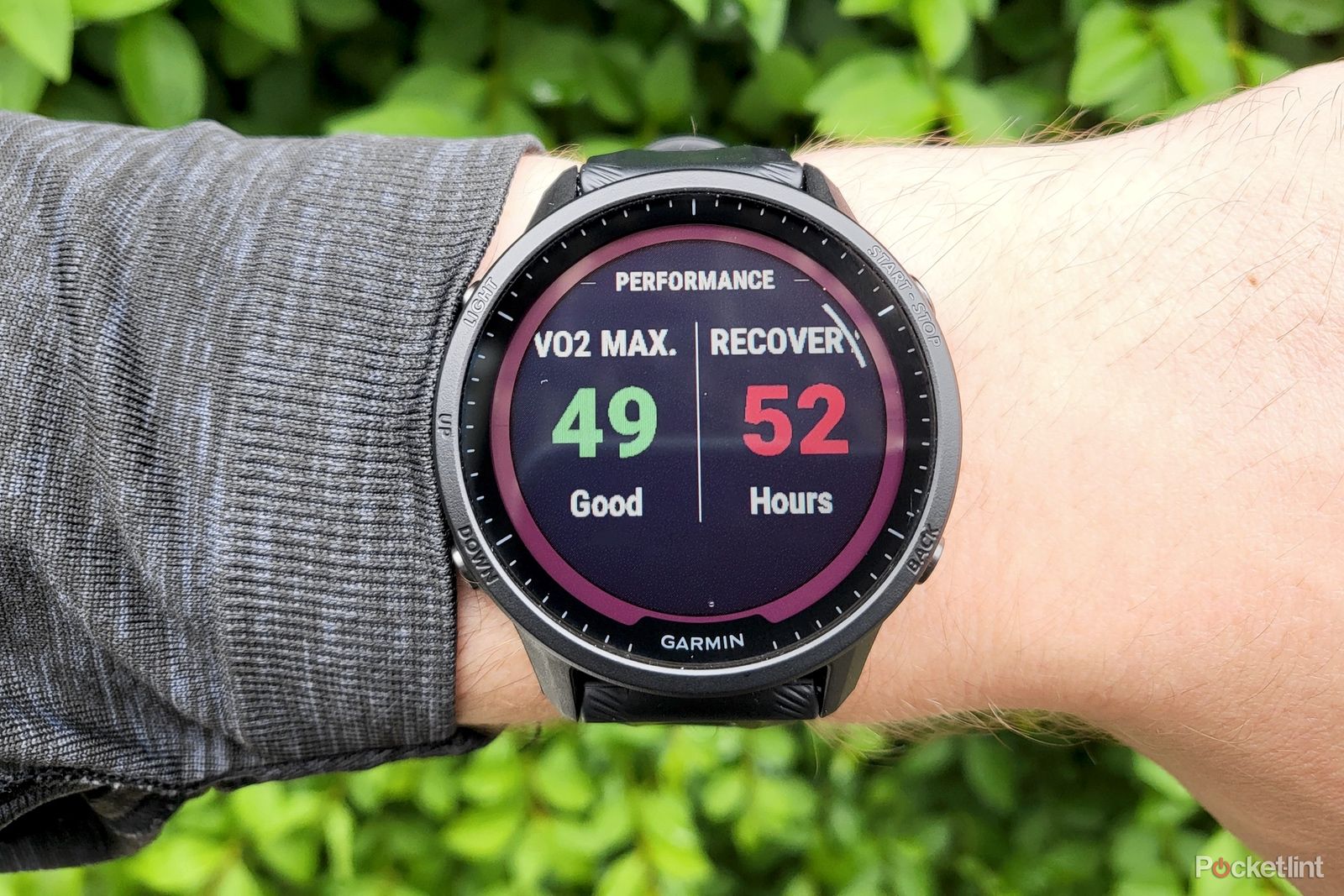
Related
What is VO2 Max and how can you measure it on Garmin, Apple Watch and other fitness trackers?
VO2 Max is an important metric if you care about your fitness. Here’s what it means and how to measure it on your smartwatch.
While VO2 max is typically used from a sports and performance perspective, Oura is approaching it differently. Instead, the company is using it as “a benchmark of health span and longevity,” which will then influence your CVA score.
These estimated VO2 max scores from fitness wearables can be hit-and-miss, though. The only truly accurate way to get that number is to do a test in a lab, which is not for the faint of heart. My Garmin says my VO2 max is quite higher than my lab-calculated results from a VO2 max test last summer. It will be very interesting to see how accurate Oura’s numbers are.

